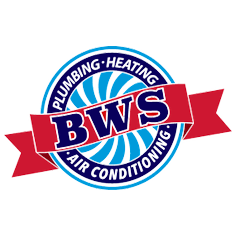If you’re not sure how close it is to heating season, look outside. The leaves in Minnesota are already changing colors. Nighttime temperatures in the low 40s and crisp, chilly mornings have arrived.
Is your heating system is primed and ready?
Don’t wait for the National Weather Service to send out the deep freeze warning! Read our post on boiler maintenance today.
1. Water Level Checks
Your boiler cannot operate without water! One of the most critical tasks for homeowners is monitoring the boiler water level.
You won’t need to check it every day—about every two weeks is sufficient. Make sure the water level doesn’t fall below the minimum recommended by the manufacturer of your system. If it does, check the plumbing and make necessary adjustments.
2. What Color Is Your Pilot Light?
While you’re checking the water level, check the pilot light. You’ll want to make it’s lit and blue. A yellow or orange flame isn’t normal!
You may have a draft, or the flame may need adjusting. Flame adjustments are relatively simple. You turn the screw on the pilot light valve until it goes back to the usual blue color.
A yellow or orange flame could also indicate carbon monoxide, which can create a safety hazard. Repairing your boiler, especially if you’re having pilot light issues, is a job for a qualified technician.
3. Keep it Clean
Like any heating system, a boiler needs routine service and cleaning. Pay special attention to the air grilles and joints.
It’s not uncommon for boxes or furniture to block air grilles. Take a minute and make sure you clear off any obstructions. You should also check the expansion joints. Make sure there aren’t any gaps where air can enter.
For more tips on keeping your boiler system clean, talk with your boiler technician.
4. Talk About Pressure
Boiler pressure is another essential factor in making sure your system operates safely and efficiently. All boilers have a pressure gauge that indicates current pressure, using a color-coded bar system.
When heating, boiler pressure should be between 1.5 and 2 bar. If the bar sits in the green area on the pressure gauge, you’re getting the right amount of pressure. When you turn the heat off, pressure should sit between 1 and 1.5 bar.
Check boiler pressure once each month.
5. Get to Know Your Radiators
Another simple boiler maintenance task you can do on your own is purging your radiators. Over time, air gets trapped inside, which causes uneven heating.
Find the purging valve and twist the radiator key. Twist slowly and wait for the whistle. After the whistling stops and you see water coming out, close the valve.
Use a bucket or tub to catch any water.
Schedule Your Annual Boiler Maintenance Today
Once you know how to keep your boiler healthy, you can focus on your favorite winter activities without worrying whether your heating system will rise to the occasion or not. Another essential boiler maintenance tip is to schedule regular inspections.
Here at BWS Plumbing, Heating & Air Conditioning, we’re committed to helping our clients prepare for our unique Minnesota winters with quick and courteous service. Contact us today and schedule your annual boiler service.

